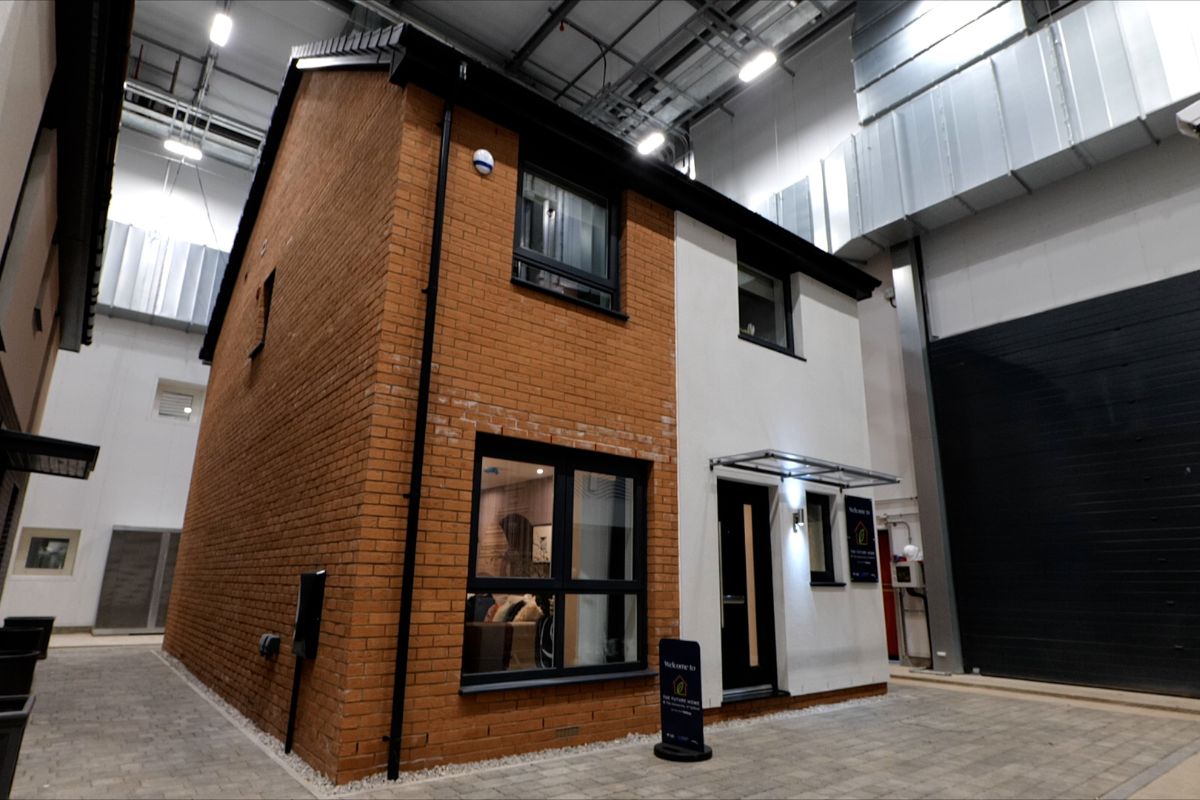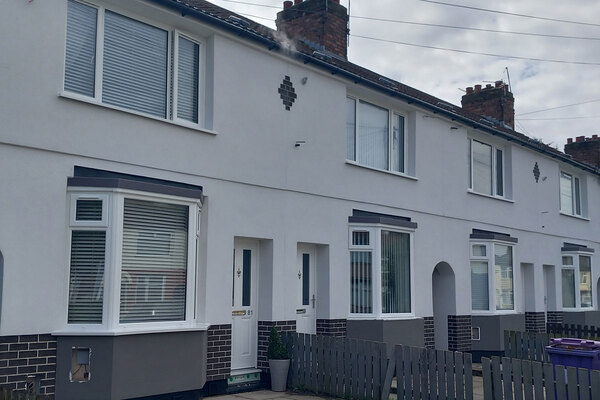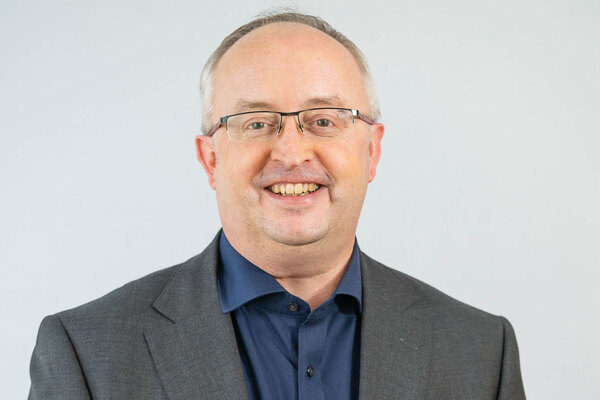Experimental home built in weather chamber with Knauf Insulation
Knauf Insulation has been appointed as Bellway Homes’ insulation partner for a project to measure the impact of low and zero carbon (LZC) technologies on energy consumption.
Bellway’s experimental house ‘The Future Home’ has been constructed within Energy House 2.0, a controlled environmental chamber located at The University of Salford.
Energy House 2.0 is the largest research facility of its type, with two chambers able to accommodate two detached houses each. The controlled environment can recreate a wide variety of weather conditions, with temperatures ranging from -20˚C to +40˚C, as well as simulated wind, rain, snow, and solar radiation. This allows housebuilders to monitor the performance of different builds and LZC technologies through year-round conditions, in just a matter of weeks, aiding the transition to net zero design.
Jamie Bursnall, Technical and innovation manager for Bellway Homes explains the aims of the project:
“We want to identify the sweet spot where fabric is optimised alongside space heating and energy-efficient services, like solar photovoltaics and battery storage. Finding the best combination of these elements will allow us to design homes that are energy efficient and economically sustainable, both for developers and homeowners.”
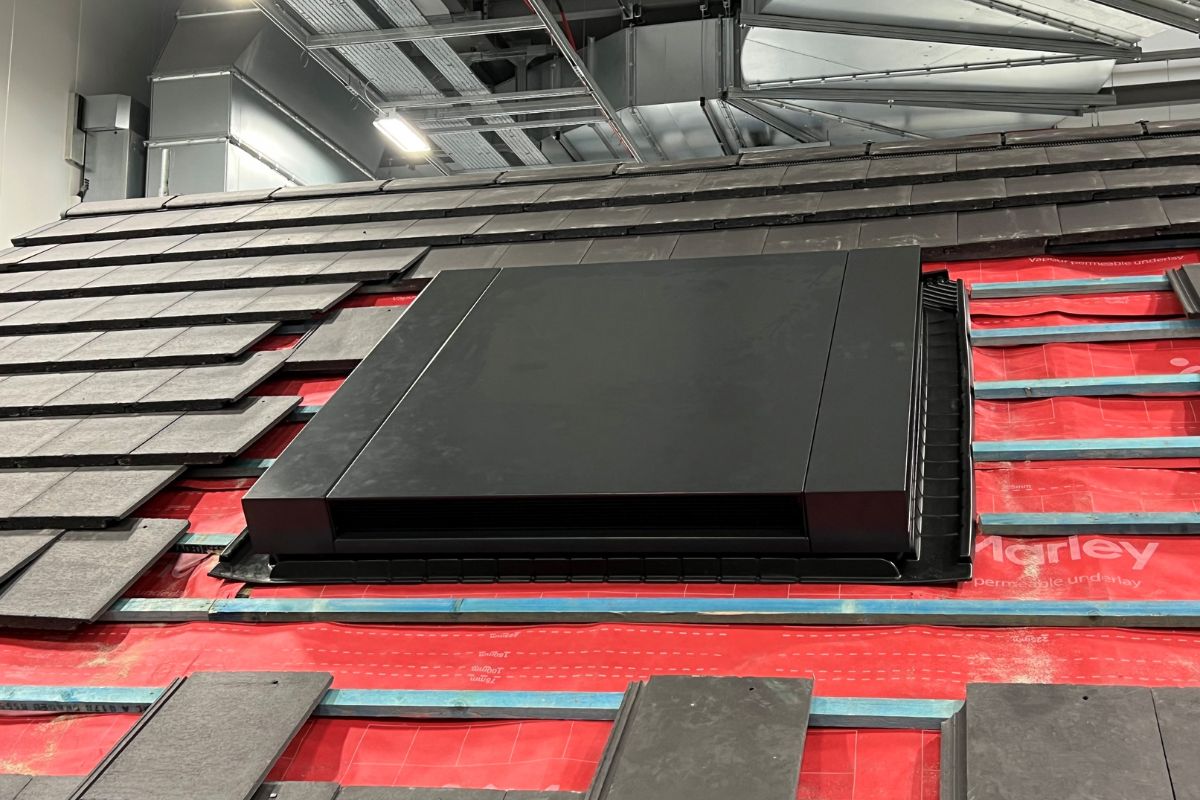
Bellway’s ‘Future Home’ is a three-bedroom timber frame house, built to the current Part L 2021 (England) standard. A specification upgrade is scheduled to take place mid-way through the trial, increasing the build’s energy efficiency to an indicative 2025 Future Homes Standard.
Bellway is using sensors within the home to monitor its performance under a range of environmental conditions. To do this effectively, Bellway needed a reliable, high-performing fabric, capable of meeting both current and future building standards.
Jamie Bursnall continues:
“Ultimately, our aim is to optimise the U-values of the home, but that needs to be based on real, in-use data, not just notional designs. With the home up and running, we’re now measuring its in-use energy performance against our design. After the mid-trial upgrade, we’ll measure again to see the impact on the build’s overall energy efficiency.”
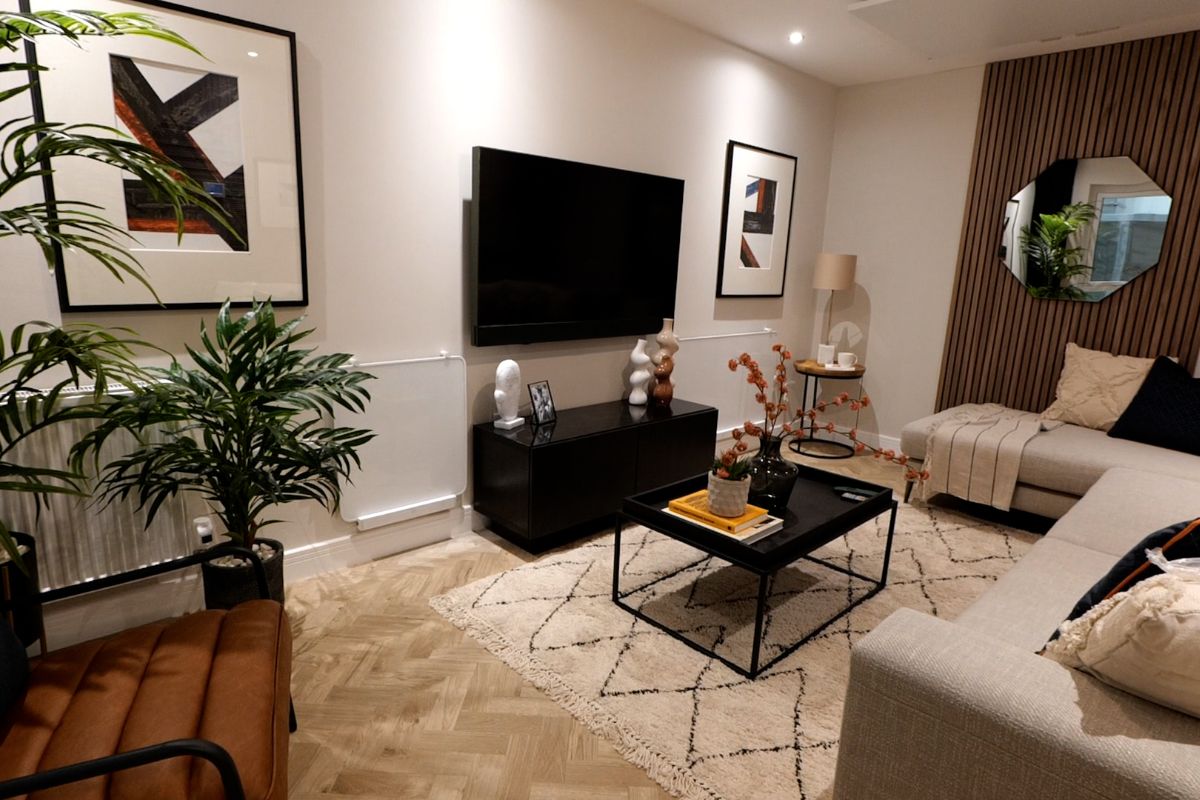
Bellway turned to Knauf Insulation, who provided product advice, design input and U-value calculations to determine the best insulation for the job. For the initial build, Loft Roll 44 glass mineral wool insulation has been installed in the loft. FrameTherm® Roll 35 has also been installed to meet U-values of 0.18 W/m2K in the external walls. During the mid-way trial, upgrades will be made to the insulation, to reduce the external wall U-value and help reduce air movement within the cavity, which can negatively affect thermal performance.
Concluding, Jamie Bursnall adds:
“Knauf Insulation has provided technical assistance to a very high standard and their U-value and Psi-value calculations are always reliable. We chose products from their Loft Roll and FrameTherm® ranges because they combine quality performance with cost-efficiency, both of which are essential to the success of our project."
Energy House 2.0 and The Future Home aims to see how LZC technologies could be most effectively implemented in future years. But the insulation requirement will remain unchanged. Reliable thermal performance will continue to be an essential component of any energy-saving home and it’s already available today, with the right specification.
